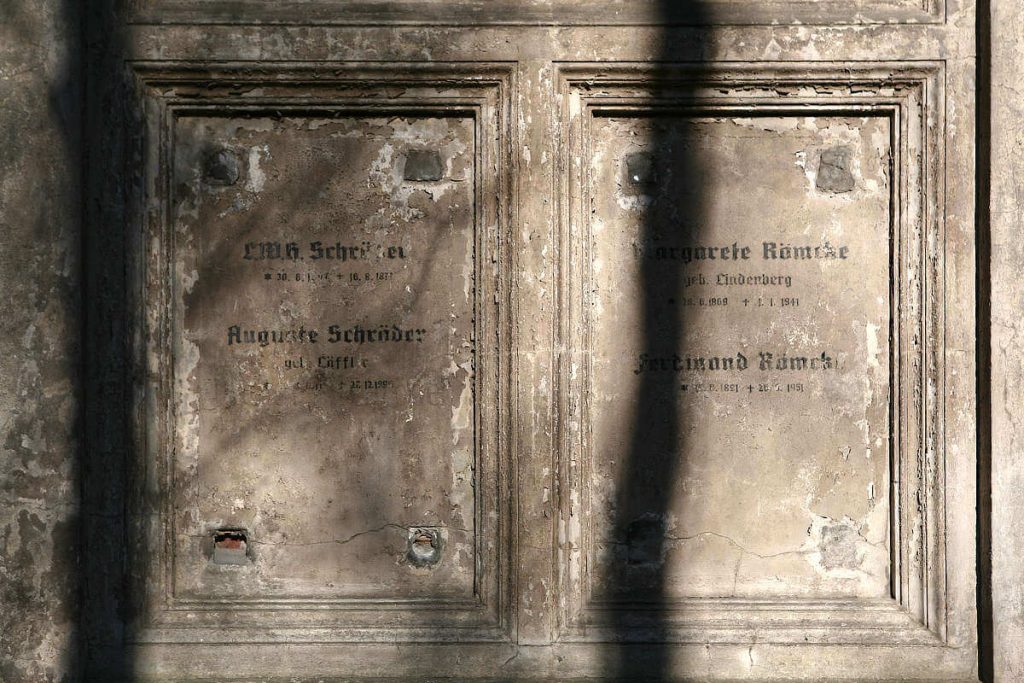In Sweden where I grew up, we tend not to have a very emotional relationship with graveyards.
Few have family graves where they will be buried, many move around and settle somewhere far away from their parents and other relatives. We tend not to have wakes, though people sometimes put candles on graves. All Saints‘ Day and All Souls‘ Day have alternately been changed, moved, scrapped and reinstated. Church and state are separated and religious attendance is low in this relatively secular country.

Perhaps because I did not have a strong personal and negative connection with graveyards – few close relatives died while I was a child – I have enjoyed wandering around them from an early age. I have been fascinated by the variety of stones and designs and often just enjoyed calculating how old people became and what they might have been like at the time.
These days many chose less traditional burials, where the ashes might be put in communal memorial areas – with or without a nameplate – or even having the ashes spread in nature. It has also become more common for relatives or whoever might care for a grave, to have it removed after the traditional 25 year lease period is up, sometimes even beforehand, rather than keep paying for many decades or even centuries.
My own fascination with graveyards grew when I was 15 years old and living with my family in Paris, France for a year. Located in the 20th arrondissement in the eastern part of town, Père Lachaise is said to be the largest graveyard in France and the most visited in the world. It is an amazing assortment of graves, where you can lose yourself for hours if not days.
When living in the city again a few years later, I often spent time wandering around Père Lachaise, both seeking out the graves of personal musical heroes such as Jim Morrison and just enjoying the wondrous and overwhelming magnitude of the graveyard and the graves of the more than one million bodies estimated to be buried there.
Many years later I got drawn to the visual strength of gravestones, and the more overgrown and dilapidated, the more they caught my interest. Some of these images are now collected in the evolving series Re:death.
